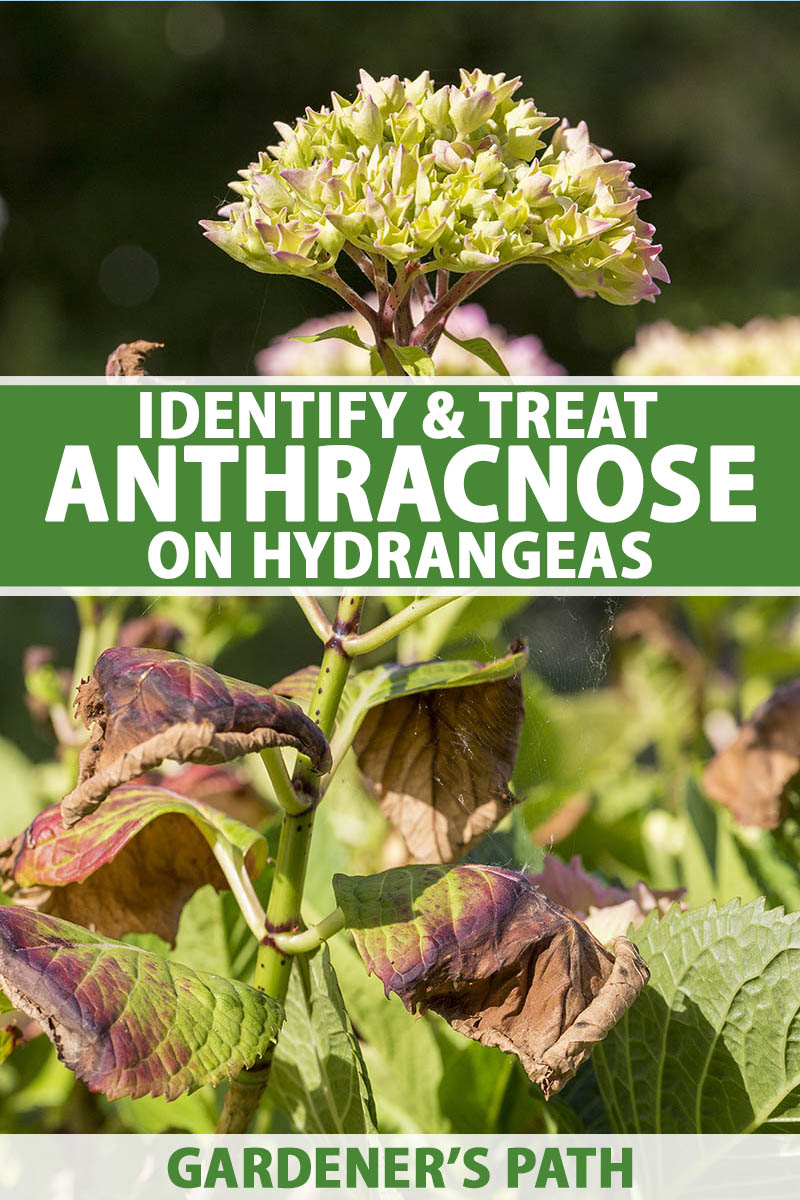The Buzz on Hydrangea Leaves Turning Yellow
What Does Hydrangea Leaves Turning Yellow Mean?
Table of ContentsThe 3-Minute Rule for Hydrangea Leaves Turning YellowEverything about Hydrangea Leaves Turning YellowEverything about Hydrangea Leaves Turning YellowHydrangea Leaves Turning Yellow - Truths
One possibility is that the plant is not getting adequate sunshine. Throughout the winter season, the days are shorter, and the sun is not as intense, so see to it to put your Hydrangea in a spot where it will certainly access the very least 6 hours of sunshine daily. One more reason for Hydrangea yellow fallen leaves in winter could be also much water.Ultimately, the leaves may be turning yellow due to temperature level tension. Hydrangeas like cooler temperatures, so if the plant remains in a place that obtains too hot or too chilly, the fallen leaves will certainly transform yellow. If you believe temperature anxiety could be the problem, try moving your Hydrangea to a different area or securing it from the elements with a cloth cover.
New growth will be observed in very early springtime, when you'll see eco-friendly vegetation sprouting from stems that could have appeared dead. However, if your fallen leaves are transforming brownish in spring or summer season, there are likely various other variables at play. The specific factors rely on the variety and their expanding conditions, yet in general, brownish hydrangea leaves suggest dehydration and wilting in the warmth
In the springtime when the mercury remains fairly reduced, they'll do great. When things warm up over the summer season nonetheless, time invested in the early mid-day rays can cause unimaginable damage.: Grow your hydrangeas in an area where they'll get sunshine in the mornings or evenings, but not throughout the peak hours.
Hydrangea Leaves Turning Yellow Things To Know Before You Buy
Wilting is triggered by absence of wetness, meaning there are a few excellent methods to make use of to avoid this from happening. Give your hydrangeas a healthy glug of water every couple of days when the temperatures are climbing up high, and treat the dirt to better maintain wetness. After sprinkling, a bit of mulch around the base of each plant must help with this by maintaining moisture in the dirt.
This interferes with fungi spores from working out. "The Botrytis fungi prospers in awesome and wet problems, so prevent showering the entire plant when sprinkling and just water at the origins," shares Roy Nicol, a Master Gardener - Hydrangea Leaves Turning Yellow. If you have actually missed the chance for prevention and are dealing with an infection you must remove all dead or seriously infected fallen leaves from the plant and ruin them to stop additional spread
As a basic general rule, we advise eliminating leaves when they are 50% brownish or higher. While browning brought on by any try this site type of factor can't be turned around, taking the restorative action explained above will certainly encourage the plant to expand brand-new fallen leaves so the damaged fallen leaves either diminish naturally or can be removed by the gardener.
Hydrangeas must be watered only when the top couple of inches of dirt are dry, and should be provided a detailed soaking each time. Underwatered hydrangeas are most likely to have yellow, wilting, and drooping fallen leaves. Increase the frequency and quantity of watering for your shrub to assist fix this problem. Hydrangeas like fairly wet (however not soaked) soil, so provide the roots a good saturating and permit water to be absorbed right into the dirt prior to applying more.
4 Simple Techniques For Hydrangea Leaves Turning Yellow
The way you fix hydrangea leaves turning yellow depends on the essential problem creating the yellow fallen leaves. This can be tough to establish, once you do you will be able to adjust your plant care as necessary to look after the problem. As discussed in the past, a typical issue with hydrangeas is vitamins and mineral shortages.
During the optimal expanding season, you must sprinkle at a rate of concerning 1 inch weekly. click over here If you are stressed over not properly sprinkling your hydrangeas, there are a number of things you can do. Including mulch to the base of the plants over the root zone help to control the temperature level around the bush and look at these guys preserve water in the soil.

If it is too severe, some plants will certainly never ever recuperate from transplant shock and will remain to decline until they die. Minimize transplant shock by including as numerous roots as feasible when excavating up your plant to move it. Be certain to give even more water than usual in the weeks complying with planting to help your plant recuperate and grow new origins.
What Does Hydrangea Leaves Turning Yellow Do?
To prevent spreading out fungal diseases, make sure to thouroughly tidy and decontaminate any trimming tools before and after use. Finally, you can try to flush the roots with water to get rid of excess fertlizer.

If you do not water your hydrangea plant for more than a week, the leaves will start transforming yellow. Fungal diseases that strike the plants tend to reveal indications on the roots and the fallen leaves of the plant.
Fallen leave spot is an additional fungal illness that can target hydrangea. It results in the leaves turning yellow and the look of brownish and purple areas on the leaves.